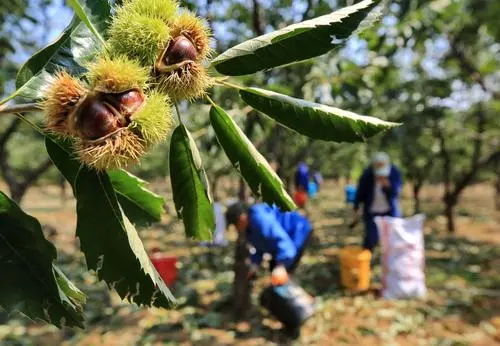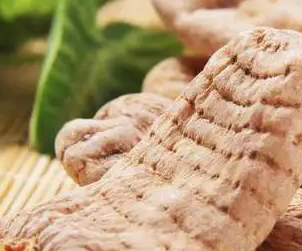茶叶可以分类吗的英语(各种不同类型的茶英语)
- 茶叶
- 2024-04-03 11:39:25
- 87

Can Tea Be Classified?
Tea has been a major part of people's lives for centuries. It is a beverage that is enjoyed all over the world and has numerous health benefits. Tea lovers often debate whether tea can be classified, and if so, how should it be done. In this article, we will explore the different classifications of tea and how they are determined.
The Six Tea Types
Tea can be classified into six different types: white, green, yellow, oolong, black, and post-fermented. These classifications are based on the level of oxidation that the tea leaves undergo. The less oxidation, the lighter the tea. White tea undergoes the least oxidation, while black tea undergoes the most. Post-fermented teas, on the other hand, undergo a fermentation process after they have been dried and are sometimes aged.
Another factor that contributes to the classification of tea is the region in which it is grown. For example, some of the most famous green teas, such as Dragonwell and Sencha, are grown in China and Japan, respectively. Oolong teas, on the other hand, are mostly produced in Taiwan and China. Each region produces teas with unique flavors and characteristics that contribute to their classification.
Determining Tea Quality
The classification of tea is not only based on oxidation levels and region but also on the quality of the leaves used. High-quality teas are made from whole leaves that are unbroken and undamaged. These teas are typically more expensive than those made from broken leaves or fannings, which are the tea dust and small tea particles that are left once the whole leaves have been processed.
Tea quality can also be determined by the time of year the tea is harvested. Leaves that are picked during the first flush, which is the first growth period in spring, are often considered the highest quality. The second flush, which takes place in the summer, produces leaves that are lower in quality, followed by the autumn flush, which produces leaves of even lower quality.
Flavor Profiles of Tea
Tea's flavor profile depends on a variety of factors, including the type of tea, where it was grown, and how it was processed. A tea's flavor can range from delicate and mild to bold and pungent. White teas tend to have a light, delicate flavor, while black teas have a robust, full-bodied flavor. Green teas have a fresh, vegetal taste, while oolong teas have a more complex, layered flavor that can vary depending on the region in which they were grown.
The flavor profile of tea is also impacted by brewing time, water temperature, and the amount of tea used. Steeping times, water temperature, and tea-to-water ratios vary by tea type and can impact the taste of the tea. For example, black tea is usually steeped in boiling water for several minutes, while green tea is steeped at a lower temperature for a shorter amount of time.
Conclusion
Overall, the classification of tea is based on a combination of factors, including oxidation levels, region, leaf quality, and flavor profile. Each of these factors contributes to a tea's unique classification and taste. Whether you prefer white, green, oolong, black, or post-fermented tea, there is a flavor profile and classification that will suit your preferences.
- 88人参与,0条评论






发表评论